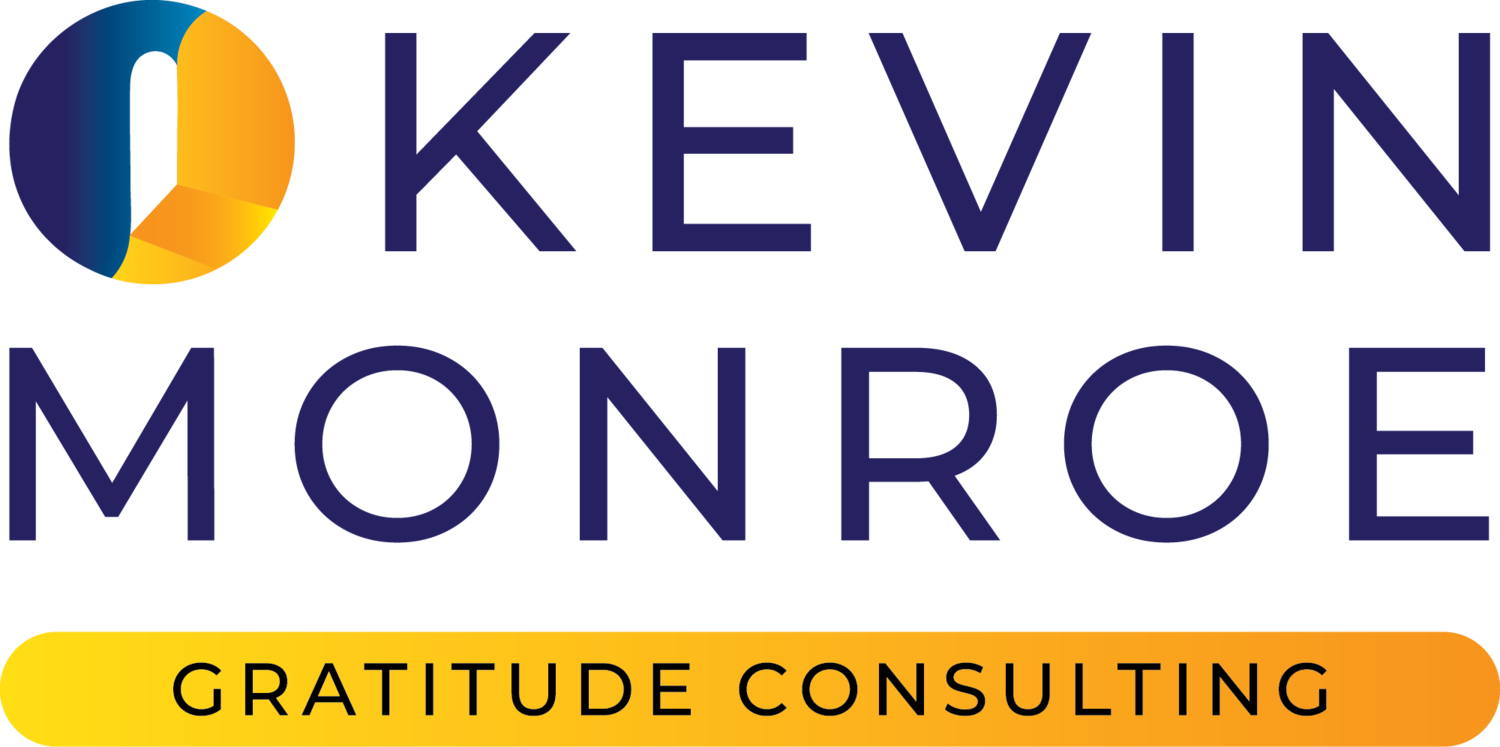Special Edition: Hope Is a Strategy—The Science of Leading with Purpose
Have you ever dismissed hope as mere wishful thinking? Or worse—declared “Hope is not a strategy!” only to watch your team’s energy deflate?
If so, this edition of the IGFY Newsletter is for you.
After reading this, I hope you’ll never say anything as asinine as “Hope is not a strategy!” again. (Yes, I said it.)
The Science of Hope: What Leaders Need to Know
Gallup’s latest research reveals that hope is what people most want—and need—from their leaders today. Yet many dismiss it as “soft” or “unquantifiable.”
Here’s the truth: Hope is a science, studied for over 40 years. And it’s not just about optimism—it’s a measurable skill that fuels creativity, productivity, and even profitability.
C.R. Snyder’s Hope Theory: The 3 Cornerstones
The late psychologist’s research shows genuine hope isn’t passive. It’s built on three pillars:
Goals: Clear, meaningful targets that inspire direction.
Pathways: The ability to identify multiple routes to overcome obstacles.
Agency: The belief that your actions matter and can create change.
Leaders who foster these three elements don’t just inspire—they unlock their team’s potential to innovate, adapt, and thrive. 🤷🏼♂️ Skills that are highly prized now!
Why Hope Matters in Business
In a world often focused on tangible metrics and outcomes, hope offers an invaluable yet often overlooked dimension of leadership. By understanding and harnessing the power of hope, you can unlock transformative benefits that don't just uplift individuals but drive entire organizations forward. Here’s why hope is essential for business success:
Enhanced Performance: Studies have shown that individuals with higher hope levels tend to perform better in their roles. They are more proactive, set meaningful goals, and are committed to achieving them.
Resilience in Teams: Hope fosters a resilient mindset. Teams grounded in hope are better equipped to handle setbacks, view challenges as opportunities, and maintain momentum toward collective goals.
Creative Problem-Solving: Hopeful individuals are skilled at envisioning multiple pathways to success, which encourages innovation and adaptability within organizations.
Increased Engagement and Morale: Cultivating hope leads to higher employee engagement, improving morale and reducing turnover rates. Employees feel more connected to their work and the organization's mission.
Yet most workplaces focus only on what’s easily measured—productivity, KPIs, profits. What if nurturing hope is the missing link to sustainable success?
How to Lead with Hope
Reframe “Hope” as a Strategy: Replace vague optimism with Snyder’s science—set clear goals, map pathways, and empower agency.
Share Hope Stories: Highlight team members who turned challenges into opportunities through action. (Join our first Hope Stories Lives this Friday to see this in action.)
Cultivate Hope Daily: Small, consistent practices build momentum.
Your Invitation: Grow Hope with Us
If you’re ready to turn hope into a leadership superpower, join our next cohort:
Cultivating Hope: A 21-Day Transformative Journey Starts Monday, May 12 | Join Here
This isn’t a “think positive” program. It’s a science-backed experience to help you and your team:
Reignite purpose in uncertain times
Build actionable pathways through challenges
Strengthen agency to drive meaningful progress
Final Thought
Hope isn’t the absence of struggle—it’s the belief that struggle can lead to growth. As leaders, you don’t just need hope. You have a responsibility to model it.
Stop dismissing hope; start leveraging it.
I'M GRATEFUL FOR YOU!


